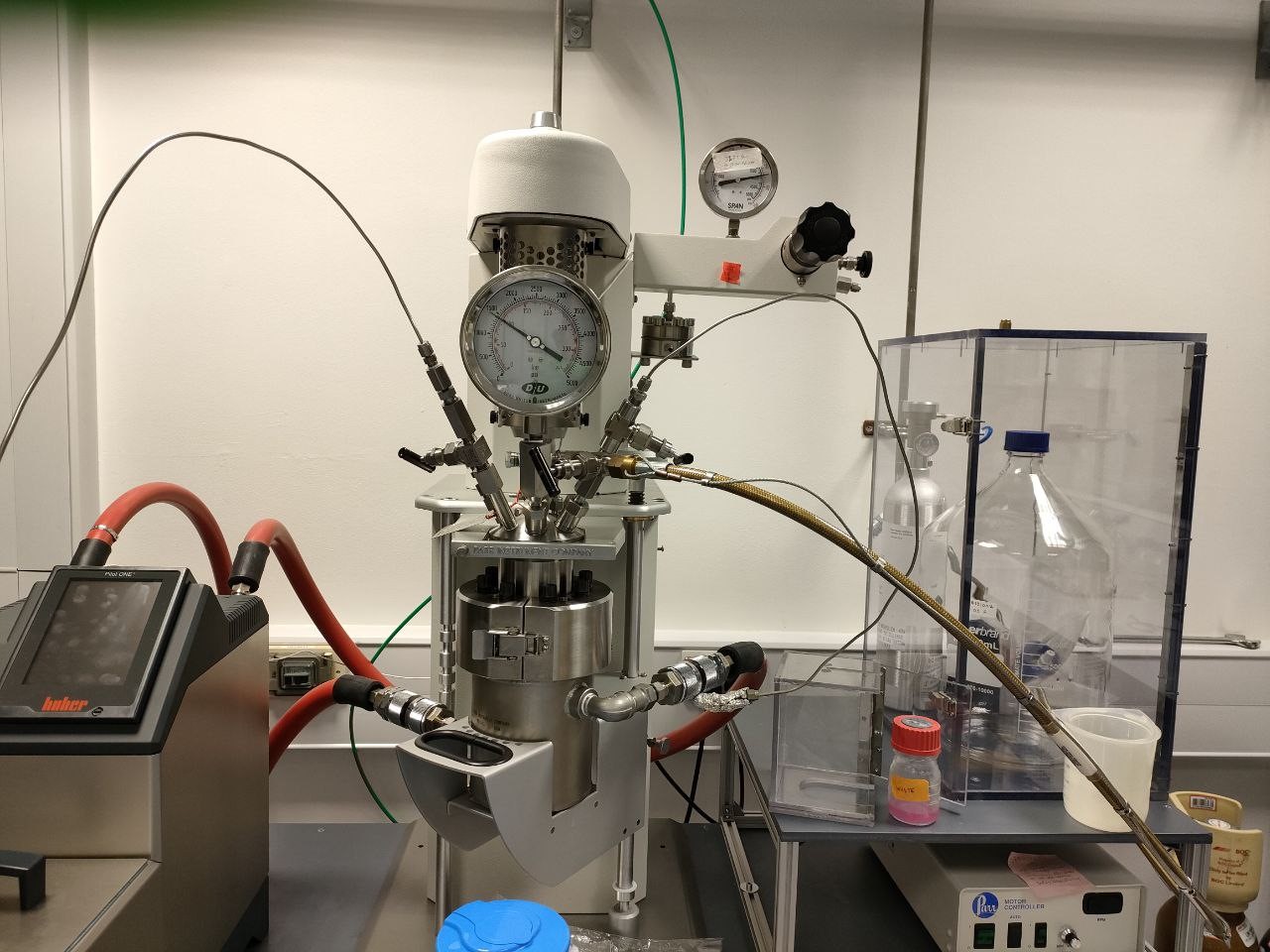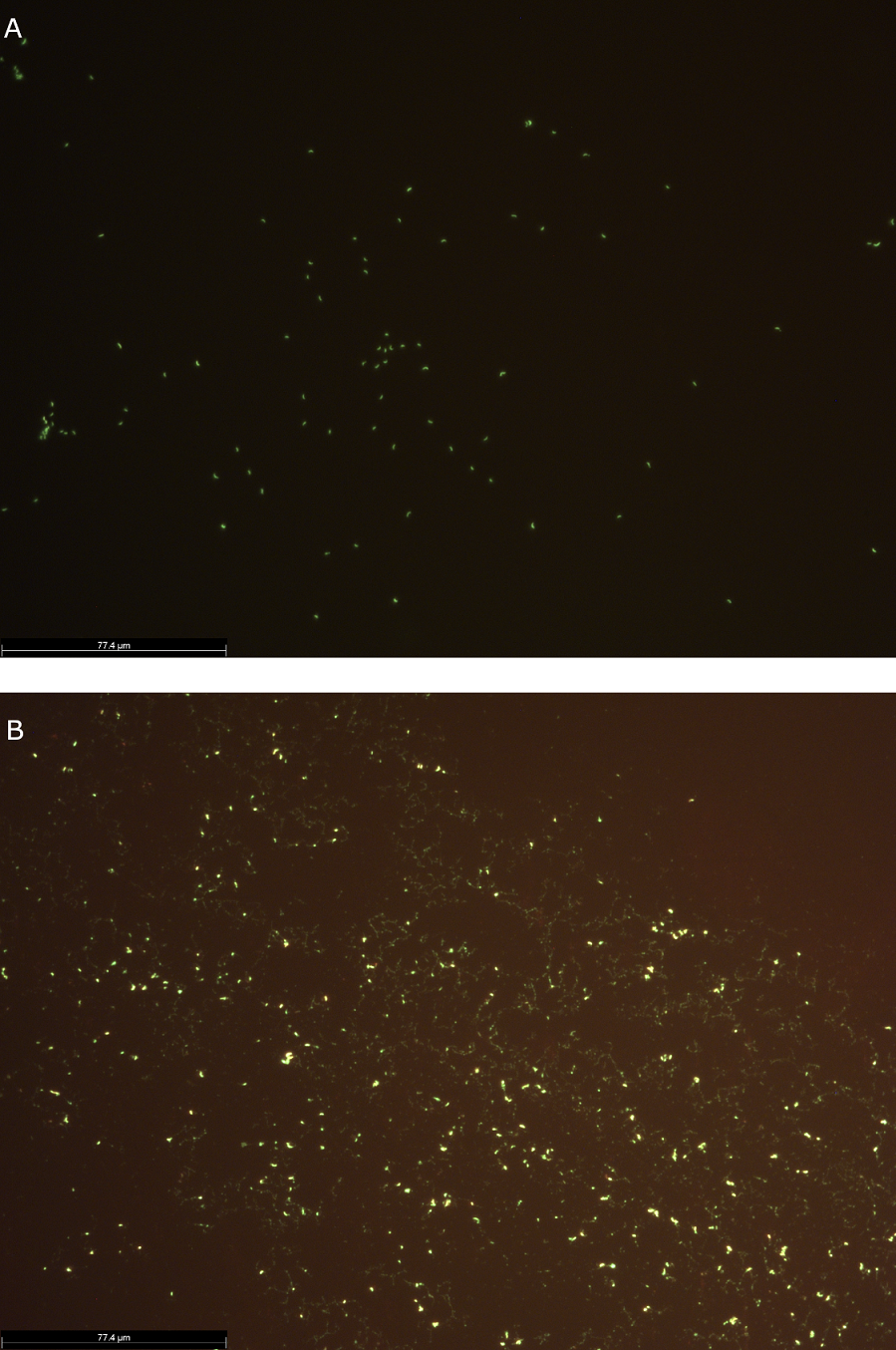Exploring Europa’s biological potential using machine learning and laboratory simulations
- AstrobiologyOU, The Open University, Milton Keynes, MK7 6AA, UK. (Corresponding author alvaro.delmoral@open.ac.uk).
Introduction
Icy moons of the giant planets contain liquid water oceans where habitability is feasible. A prime example is Jupiter’s moon, Europa, which could contain multiple regions where life might be sustained under its thick ice layer [1]. However, whether the physical and chemical conditions in Europa’s ocean are conducive to life is currently unknown. Terrestrial analogue environments provide one opportunity to study microbial dynamics under chemical conditions relevant to Europa. Knowledge of Europa’s ocean chemistry comes from models based on Earth-based observations and spacecraft flybys [2,3], which suggest that the ocean might be favourable to support life, specifically, chemolithotrophs that obtain energy by oxidising inorganic compounds [1,4]. Developments in machine learning (ML) algorithms offer the possibility of selecting terrestrial analogues with a high degree of similarity to the physicochemical environment proposed for Europa [5].
However, there are limitations to terrestrial analogues; conditions in these environments do not perfectly match the physicochemical conditions in Europa, especially when the moon’s ocean pressure ranges from a few hundred bar to over 1200 bar [1,2]. Thus, controlled lab experiments must also be used to fully simulate the desired extraterrestrial environment. The aim of this study was to integrate analogue and experimental approaches to cultivate a microbial community capable of growth under the specific physical and chemical conditions of Europa’s sub-surface ocean that can serve as a proxy to study the habitability of Europa.
Methods
The selection of a suitable analogue sample through ML[5] and the design of a growth media was based on a model for Europa’s ocean composition[6]. The environmental sample came from Basque Lake, Canada and the media was dominated by a carbonate-chloride rich chemistry at a salinity of 12.6 g/L and under 2 bar of 80%-20% H2/CO2 gas headspace [4,6]. Sub-culturing was performed to eliminate contaminants from the initial sample, with final cultures reaching cell densities of 105-107 cells per millilitre. This community was then transferred to a bespoke environmental simulation chamber (Figure 1) where it could be gradually conditioned to the physical conditions within Europa’s ocean. Specifically, the pressure was initially set at 20 bar (10-fold increase from the benchtop control) and then increased to 100, 200 and 300 bar to selectively cultivate communities adapted for growth under Europa ocean conditions. At the same time, samples were taken to monitor pressure-induced changes in the microbial community composition and their physiology. The chemical composition of the media was monitored using Ion Chromatography (IC) and Inductively Coupled Plasma Optical Emission Spectroscopy (ICP-OES). The growth of the microbial community was monitored using fluorescence cell microscopy and its composition using 16s rRNA sequencing. Changes in microbial morphology due to pressure were investigated using Transmission Electron Microscopy (TEM).

Figure 1 Pressure vessel used as an environmental chamber where microbial communities can be exposed to different pressure and temperature regimes.
Results
Preliminary results demonstrate that microbial communities from Basque Lake can adapt to live under the conditions of Europa’s sub-surface ocean. There was an increased number of cells at 100 bar (6.35 x 106 cells ml-1 compared to 1.88 x 106 cells ml-1 at 2 bar) and growth was still measured at 300 bar (1.98 x 107 cells ml-1). However, pressure influenced the size of the cells, making them smaller and the generation of extracellular material (Figure 2) which will be further investigated using TEM. Future work will focus on isolating microorganisms from Europa’s simulated environment.

Figure 2 Fluorescence microscopy images of microbial communities growing in Europan chemical conditions under 2 bars of pressure (A) and 300 bars of pressure (B).
Conclusion
These high-pressure experiments have shown that microbes can adapt and grow under the conditions in the sub-surface ocean of Europa even after several sub-cultures. These microbial communities can now serve as a proxy to study life in this moon. This project could change how we approach the search for life in these moons and where we expect to find these organisms. The increased cell numbers under a pressure equivalent to the sub-surface environment of Europa point at a possible habitat where life might concentrate. Future work will investigate the effect on the morphology of the cells, as well as the formation of extracellular components, on the nucleation of ice at the sub-surface interface and thus how potential biosignatures might be captured into the ice shell and expressed to the surface.
References
1. Russell, M. J. et al. The possible emergence of life and differentiation of a shallow biosphere on irradiated icy worlds: The example of Europa. Astrobiology 17, 1265–1273 (2017).
2. Kivelson, M. G. et al. Galileo magnetometer measurements: A stronger case for a subsurface ocean at Europa. Science (1979) 289, 1340–1343 (2000).
3. Paganini, L. et al. A measurement of water vapour amid a largely quiescent environment on Europa. Nature Astronomy 4, 266–272 (2020).
4. Russell, M. J. et al. Serpentinization as a source of energy at the origin of life. Geobiology 8, 355–371 (2010).
5. del Moral, A. et al. Using supervised machine learning methods to improve the selection of analogue sites for studying habitability of the sub- surface ocean of Europa. 14, 10–12 (2022).
6. Melwani Daswani, M. et al. A Metamorphic Origin for Europa’s Ocean. Geophysical Research Letters 48, (2021).
How to cite: del Moral, A., Siggs, D., Fox-Powell, M. G., Pearson, V. K., and Olsson-Francis, K.: Exploring Europa’s biological potential using machine learning and laboratory simulations, Europlanet Science Congress 2022, Granada, Spain, 18–23 Sep 2022, EPSC2022-1227, https://doi.org/10.5194/epsc2022-1227, 2022.

